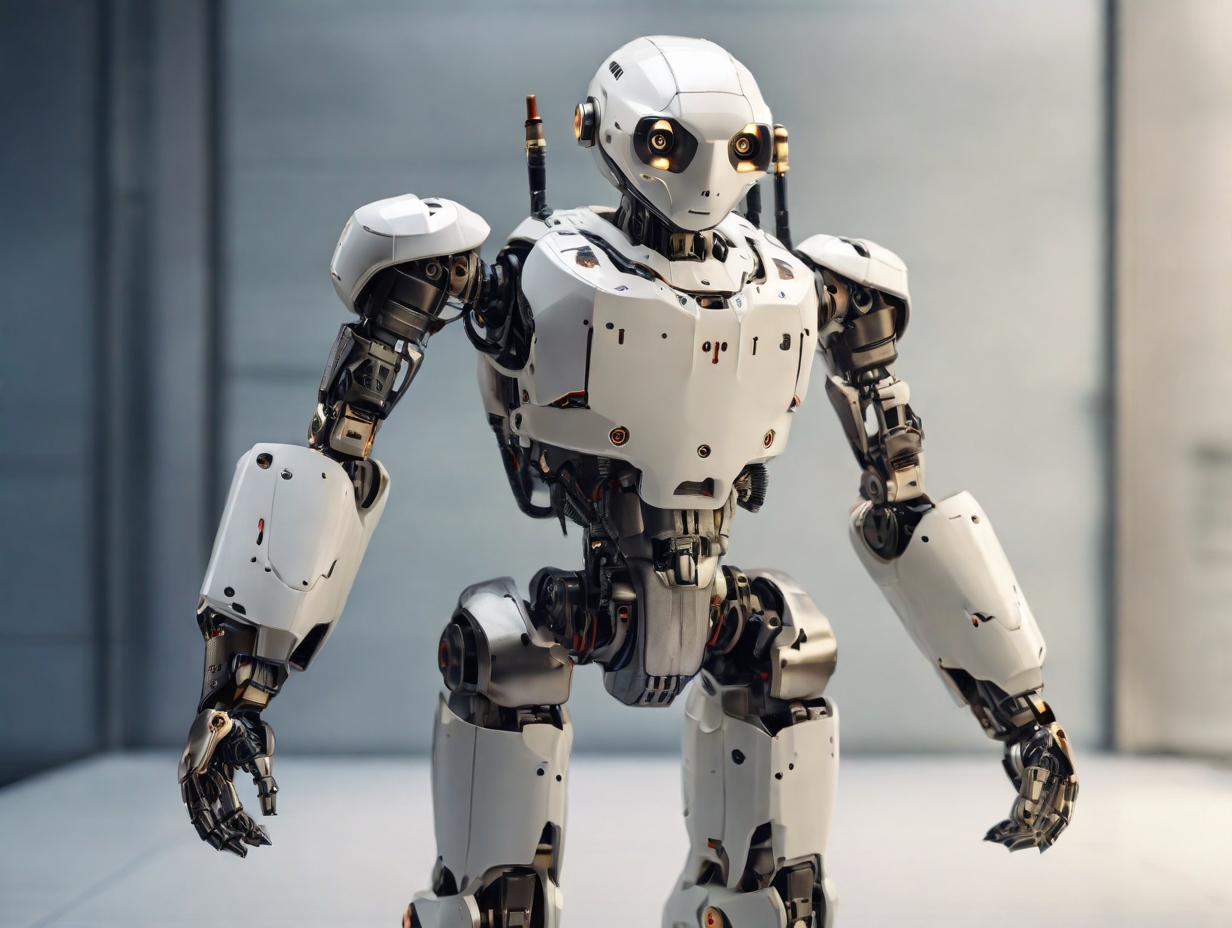In a groundbreaking study published on the arXiv server, a team of Swiss researchers introduces Pedipulate, an innovative controller enabling quadruped robots to perform complex manipulation tasks using their legs. This development marks a significant leap forward in robotics, showcasing the potential for legged robots in maintenance, home support, and exploration activities beyond traditional inspection roles.
Bridging the gap in robotics
The study, titled “Pedipulate: Quadruped Robot Manipulation Using Legs,” challenges the conventional design of legged robots that often rely on additional robotic arms for manipulation, leading to increased power consumption and mechanical complexity. By observing quadrupedal animals, the researchers hypothesized that employing the robot’s legs for locomotion and manipulation could significantly simplify and reduce the cost of robotic systems, particularly in applications where size and efficiency are crucial, such as in space exploration.
Pedipulate is trained through deep reinforcement learning, employing a neural network policy that tracks foot position targets. This policy minimizes the distance between the robot’s foot and the target point while penalizing undesirable movements such as jerky motions or collisions. The controller was tested on the ANYmal D robot, which features 12 torque-controlled joints and force-torque sensors on each foot, proving the feasibility of leg-based manipulation in real-world scenarios.
Achieving precision and adaptability
The controller’s performance was rigorously evaluated in simulated and real-world environments. It demonstrated an impressive ability to reach a large workspace, achieving an average tracking error as low as 0.037 meters in simulation and 0.057 meters in real-world applications for close-range targets. This precision allows the robot to perform various tasks, from opening doors to collecting rock samples, without the need for task-specific adaptations.
One of the key innovations of Pedipulate is its curriculum for adaptive command sampling, which enables the robot to approach distant targets with a raised foot using a tripod gait. This approach enhances the robot’s mobility and allows for a more intuitive control experience, as commands are defined in a fixed local control frame, making it easier for operators to guide the robot’s movements.
Real-world applications and future prospects
The successful deployment of Pedipulate opens up many possibilities for quadruped robots across various sectors. In industrial settings, these robots can perform maintenance tasks such as inspecting and operating machinery. They can assist in fetching items, opening appliances, and rearranging furniture for home support. Furthermore, their ability to navigate and manipulate objects in challenging terrains makes them ideal candidates for exploration missions on Earth or other planets.
The robustness of the Pedipulate controller against external disturbances, such as slippery surfaces or unexpected forces, highlights its potential for widespread adoption. By seamlessly integrating locomotion and manipulation, the controller paves the way for more autonomous and versatile robotic assistants capable of tackling a broad spectrum of tasks with unprecedented efficiency and reliability.
As robotics continues to evolve, the innovations presented by the Swiss research team with Pedipulate underscore the growing capabilities of machines in enhancing human life, pushing the boundaries of what’s possible in maintenance, support, and exploration tasks. The study’s findings contribute significantly to the field of robotics and offer a glimpse into a future where robots could play an even more integral role in our daily lives and workspaces.





